Search
Search Results

Definition
Religion in the Ancient World
Religion (from the Latin Religio, meaning 'restraint,' or Relegere, according to Cicero, meaning 'to repeat, to read again,' or, most likely, Religionem, 'to show respect for what is sacred') is an organized system of beliefs and practices...

Image
World War Two in Europe, November 1942
A map depicting the strategic situation in Europe and the Mediterranean in early November 1942, as World War II reached a critical turning point. Axis expansion had begun to reverse, while the Allies launched major offensives in North Africa...
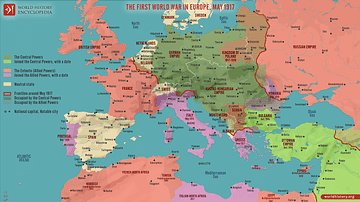
Image
The First World War in Europe, May 1917
A map illustrating the situation in Europe around May 1917, during the First World War (World War I or The Great War), as the conflict had already raged on for nearly three years. The United States had recently entered the war, beginning...

Article
Genocide in the Ancient World
Genocide is often viewed as a particular feature of our own current age. This perception largely stems from the terrible events which took place during World War Two in the 20th century CE in the parts of Europe occupied by the Nazis. However...

Image
Africa in World War Two
This map illustrates the geopolitical situations and theaters of conflict in Africa during World War II. The continent saw various military campaigns and battles, notably in North and West Africa, Ethiopia, Eritrea, Somalia, and Madagascar...
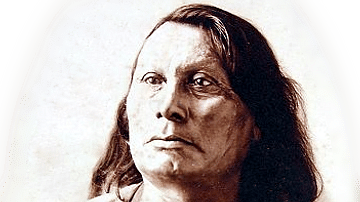
Definition
Sioux War Chief Gall (Eastman's Biography)
Gall (Phizi, l. c. 1840-1894) was a Hunkpapa Lakota Sioux war chief best known for his participation in the Battle of the Little Bighorn in June 1876. He was a close associate of Red Cloud (l. 1822-1909), Sitting Bull (l. c. 1837-1890), and...
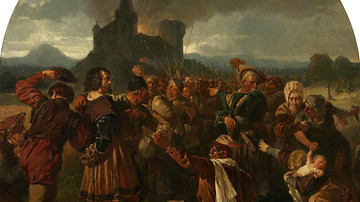
Definition
German Peasants' War
The German Peasants' War (1524-1525) was a conflict between the lower class of the Germanic region of the Holy Roman Empire and the nobility over the feudal system of serfdom, religious freedom, and economic disparity. It was later characterized...
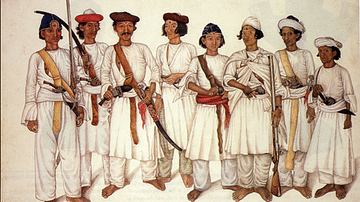
Definition
Anglo-Nepalese War
The Anglo-Nepalese War (aka Gurkha War, 1814-16) saw the British East India Company (EIC) lose several battles against Nepalese Gurkhas before finally securing victory in a hard-fought campaign that, for the first time, extended EIC control...

Article
How the Turtle Went to War
How the Turtle Went to War (also Turtle Goes to War) is a Native American legend commonly associated with the Cheyenne, Arapaho, and Sioux nations, but the narrative also appears in the stories of the Blackfoot Confederacy, the Haudenosaunee...
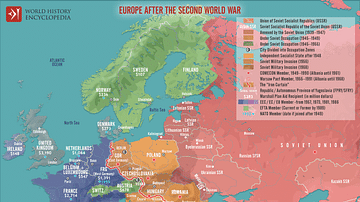
Image
Europe After World War II (1945 to c. 1989)
This map illustrates the realities in Europe after the Second World War (1939-45), as the continent was divided between the Western bloc, backed by the United States, and the Eastern bloc, controlled by the Soviet Union. To rebuild Western...